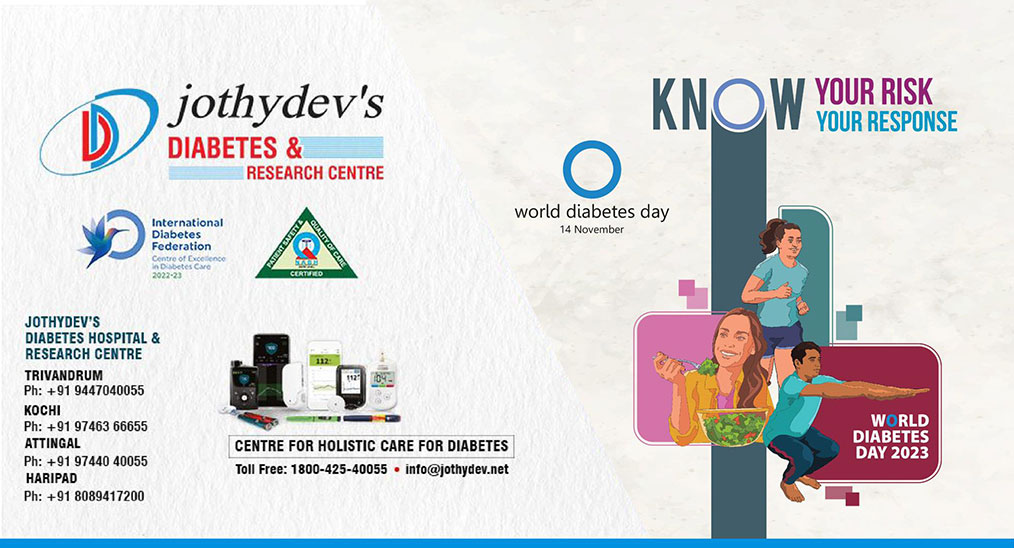1. Does menstruation contribute to the underdiagnosis of diabetes?

Despite a higher death rate, women are often diagnosed with diabetes mellitus later in life than men. Since HbA1c is the primary indicator for diagnosing diabetes, using a non-specific reference range and cutoff for the condition that ignores gender variations in diabetes risk may lead to underdiagnosis of diabetes. A recent UK based study published in ‘Diabetes’ investigated whether the discrepancy in the timing of diagnosis between women and men could be attributed to differences in the distribution of HbA1c in premenopausal women compared to men of the same age group.
The research team assessed the HbA1c levels of 146,907 individuals who underwent single test only and had HbA1c ≤ 50 mmol/mol (6.7%). This was replicated in six laboratories with 938,678 individuals. The results showed that women below the age of 50 exhibited a significantly lower HbA1c distribution compared to men, with a mean difference of 1.6 mmol/mol (2.3%) (p < 0.0001). Conversely, the difference in HbA1c distribution among individuals aged 50 and above was less pronounced, with a mean difference of 0.9 mmol/mol (2.2%) (p < 0.0001). The researchers also estimated an additional 17% (n = 34,953) of undiagnosed women aged < 50 years in England and Wales could be reclassified to have diabetes mellitus, which may contribute to up to 64% of the difference in mortality rates between men/women with diabetes mellitus aged 16-50 years.
The researchers concluded that HbA1c cut point for diagnosis of diabetes may need to be re-assessed in women under the age of 50 years.
For enquiries info@jothydev.net.
Please visit: jothydev.net | research.jothydev.com | diabscreenkerala.net | jothydev.com/newsletter




